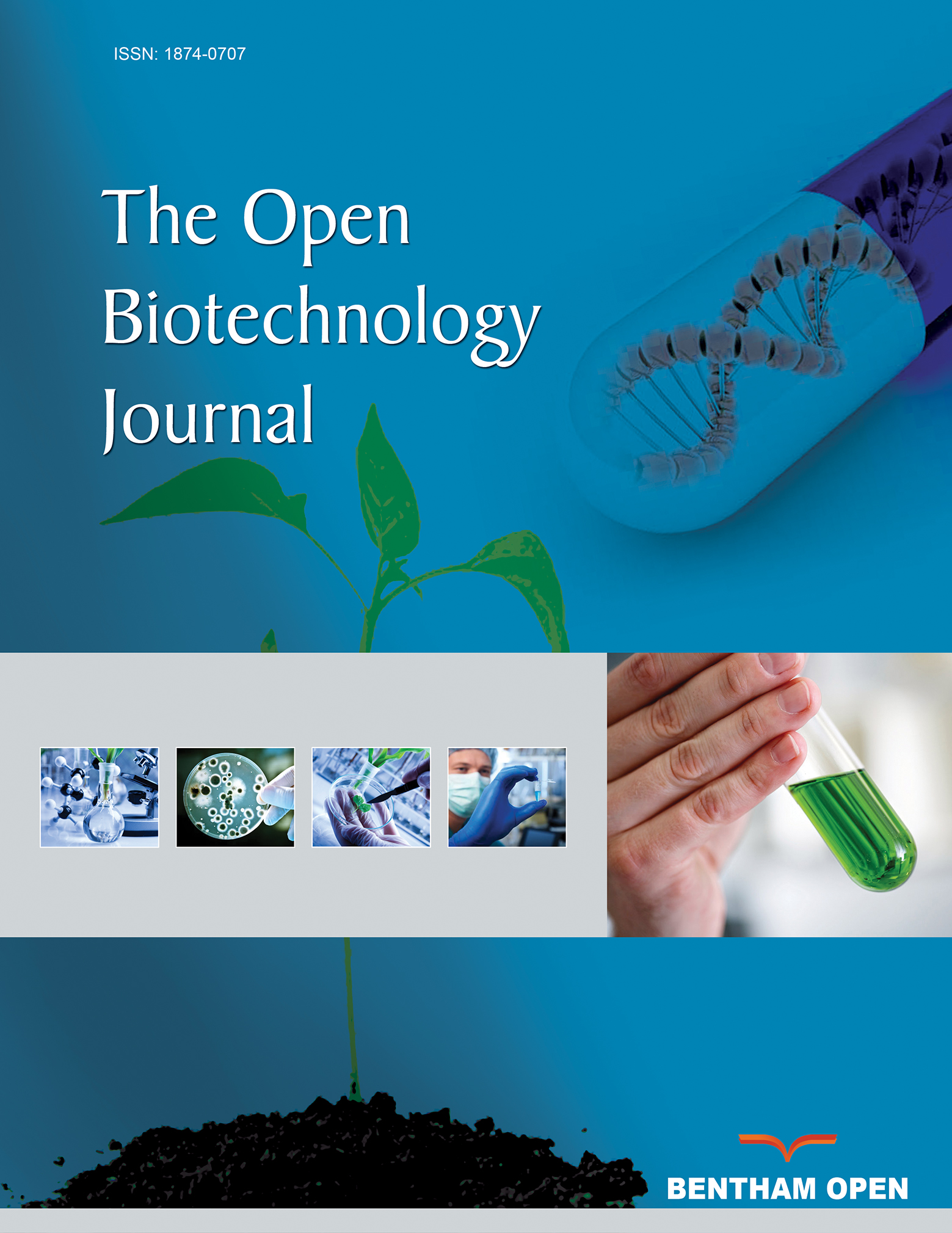All published articles of this journal are available on ScienceDirect.
Gender and Age Related Modulation of Xenoestrogen-Induced Tumorigenesis
Abstract
Susceptibility to environmental stressors, same as cancer incidence is both age and gender related. Understanding the complexity of responses to living environment has been impaired due to research based on reductionisms and lack of methods, models and sophisticated softwares which enable analysis of complex pathways which may be disturbed by xenobotics. Impact of estrogen on development, maturation and homeostasis of organism in both genders is now well recognised and environmental investigations are currently making major efforts to understand how xenoestrogens affect organisms at very low doses. Additionally, it is of great interest to learn possible synergistic or antagonistic effects of xenoestrogen mixtures on adult organism and during development. The aim of this paper is to review the findings on the association between cancer risk and the endocrine disrupters which directly or indirectly mimic estrogen action.


